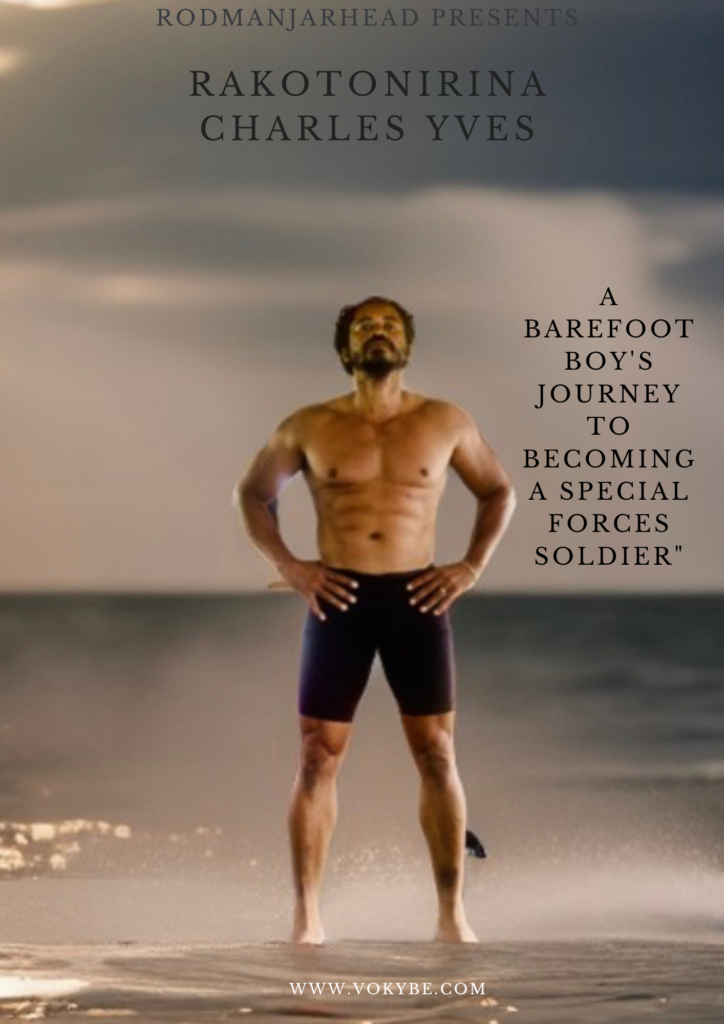Ten Things to Pack for the Best World Schooling Trip to Madagascar
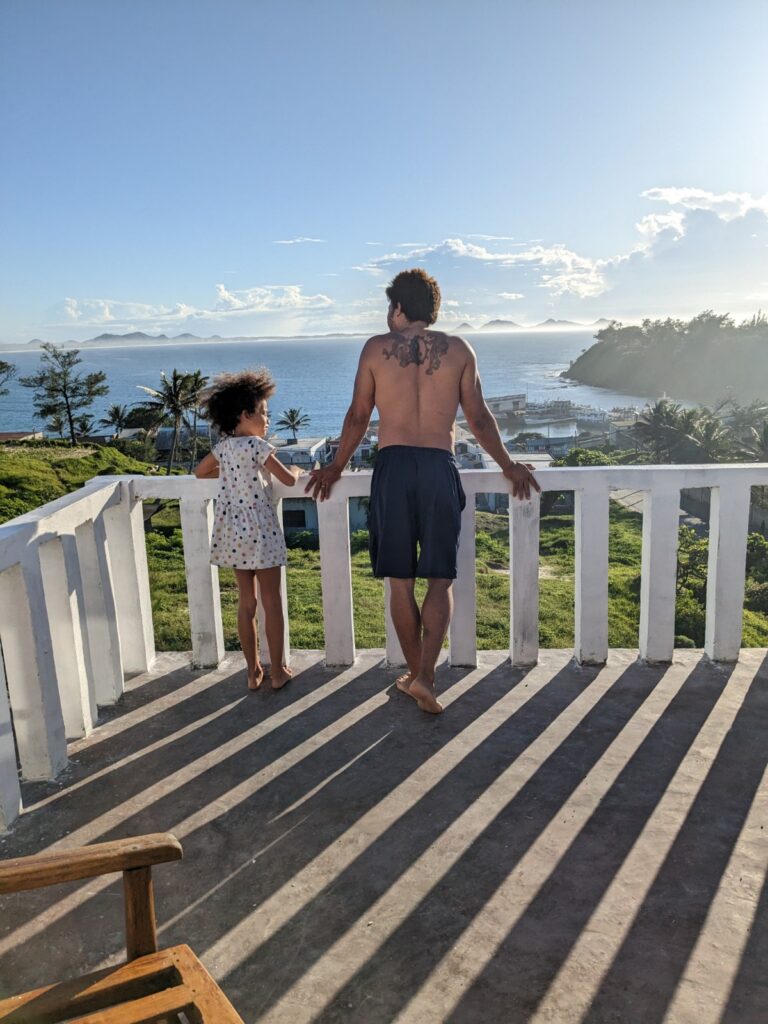
We’ve compiled this post to help you determine what to pack for the best World Schooling trip to Madagascar. After many trips around Madagascar, living here for over five years, and hosting families at Voky Be Lodging here in Fort Dauphin (Taolagnaro), we have seen what makes folks feel at home and safe and maximize their experience.
With over 90% of the plants and animals in Madagascar uniquely found in the country, Madagascar can be a magical addition to your World Schooling Journey.
People often think of lemurs and rainforests, which are considered Madagascar, but you can find almost all climates and types of geography except for snow and ice.
The eastern part of the country has mountains. The central part plateaus, the west and south, deserts. The entire coastline is relatively unblemished, with gorgeous beaches, sometimes with perfect white sand, other times with mangroves or cliffs.
Most tourists to Madagascar hire guides, not because the country is dangerous (it’s not), but because each region has different traditions and customs, infrastructure is weak, and most people don’t, in fact, speak English or French. Without a guide, you may find yourself lost, stuck, or stopping to pee someplace where it’s taboo!
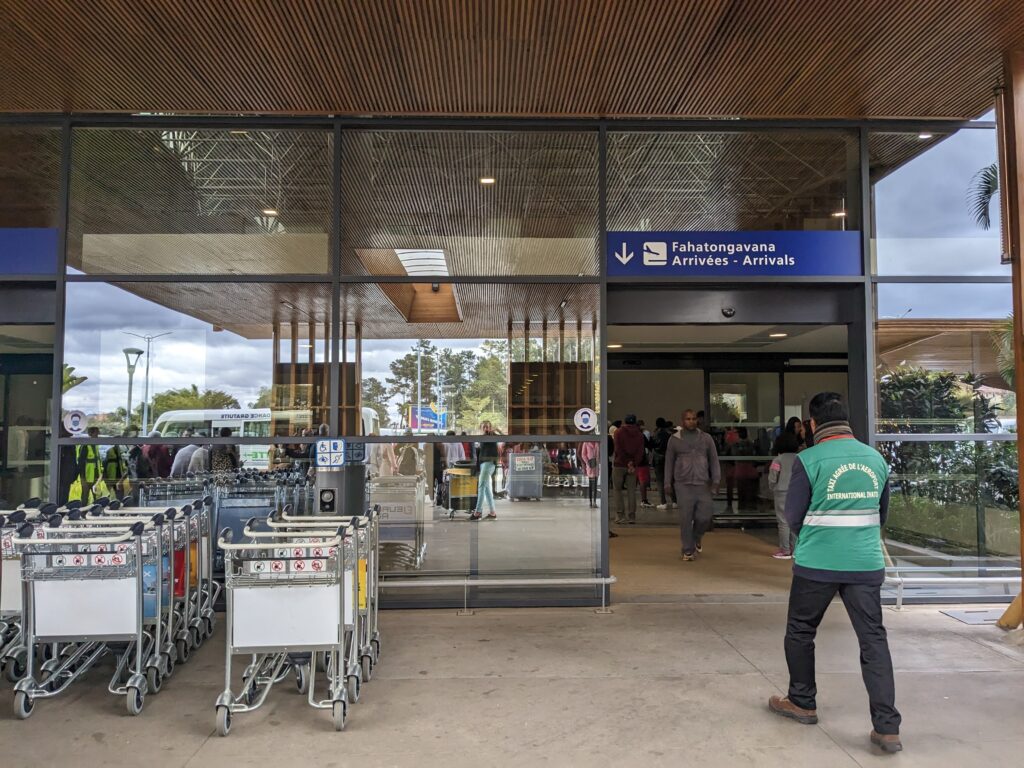
What to Pack for the Best World Schooling Trip to Madagascar:
- Picnic Blanket and Hammock: Pack a lightweight, portable picnic blanket that can be a comfortable outdoor learning space. Additionally, bring a portable hammock that can be easily set up between trees, providing a cozy spot for reading, studying, or simply relaxing amidst Madagascar’s natural beauty. Picnic tables are uncommon; sand is everywhere, so these are essentials!
Our Favorite Hammock with a mosquito net built-in…
We have had a picnic blanket like this since 2016 and use it all the time! They do get stained, but otherwise are durable.
2. Reliable Laptop or Tablet: A sturdy and reliable device is essential for educational purposes, research, online resources, and communication with other homeschoolers or tutors. Make sure to pack a laptop or tablet that meets your needs and is suitable for educational activities.
3. Power Adapter, Outlets Adaptors, and Surge Protector: While most things in Madagascar follow French or European norms, sometimes folks will use different plug types in Madagascar. I’ve encountered German and British options, so bring a power adapter and compatible plugs to ensure you can use local outlets. Additionally, bring a surge protector to safeguard your electronics from power fluctuations, on-offs, and surges to ensure longevity. Madagascar generally operates on French 220-240 volt electricity with dual prongs (not always grounded three prongs), so pack the appropriate power adapters and voltage converters for your electronic devices. I have also seen German 3-prong outlets in some hotels.
4. Bug and Fish Catching Kit: Foster curiosity and hands-on learning by including a bug-catching kit with containers, nets, magnifying glasses, and field guides. Similarly, consider packing a small fishing net for catch-and-release activities, allowing you to observe and learn about the local insects and aquatic life.
5. Snorkeling Gear: Explore Madagascar’s stunning marine life by packing snorkeling gear, including a mask, snorkel, and fins. This will enable you to discover the underwater world and gain insights into the diverse marine ecosystem.
6. Outdoor Science Kit & Travel-Friendly Microscope: Pack an outdoor science kit with a magnifying glass, compass, thermometer, and microscope. These tools allow you to conduct scientific observations and experiments in Madagascar’s natural environments. Bring a compact and travel-friendly microscope that allows for a close-up examination of specimens. This will provide hands-on learning opportunities for exploring biology, botany, and other scientific subjects in Madagascar’s diverse ecosystems.
7. Wraps and or compact towels. Hidden beaches, swimming opportunities, or simply getting wet, are typical in Madagascar. A small and compact towel or wrap that you can use as a cover-up, to dry up or sit on is essential!
8. Field Journal and Art Supplies: Encourage creativity and documentation by including a field journal and art supplies in your pack. Use the journal to record observations, sketches, and reflections during outdoor learning. Pack art supplies like colored pencils, markers, and watercolors to express your creativity and capture the beauty of Madagascar’s landscapes.
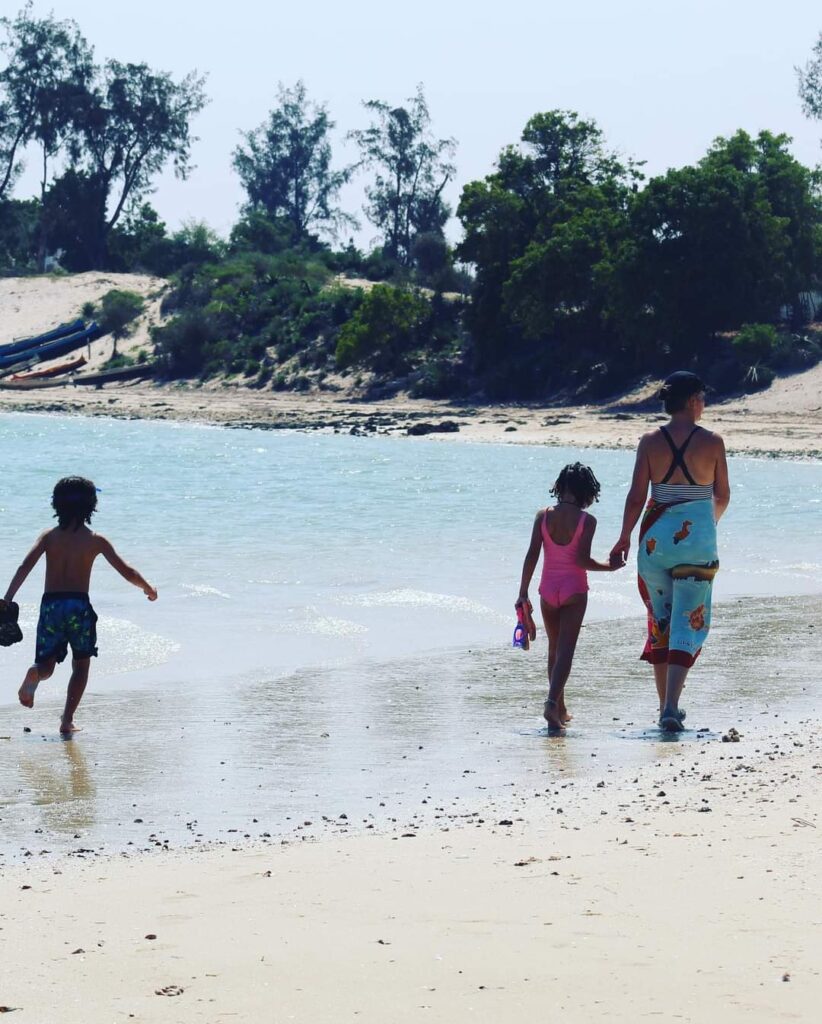
9. Portable Bluetooth Speaker: Bring a portable Bluetooth speaker to enhance your outdoor learning experiences during your World Schooling trip to Madagascar. You can use it to listen to educational podcasts and audio lessons or connect to YouTube to listen to local Malagasy music to create an immersive learning environment.
10. Outdoor Safety Gear: Prioritize your safety during outdoor activities by packing essential safety gear, including items such as sunscreen, insect repellent, a hat, sturdy shoes, a reusable water bottle, and a comprehensive outdoor first aid kit designed for backpackers. What to Pack for the Best World Schooling Trip to Madagascar that also ensures you can relax in remote regions is to ensure that you or your guide have a first aid kit on hand and know how to contact emergency services.
One reason that folks love to travel with Voky Be Tours for their World Schooling trip to Madagascar is the peace of mind provided by having a local guide who is also retired special forces.
This backpacker’s first aid kit should include adhesive bandages, gauze pads, antiseptic wipes, pain relievers, blister treatments, tweezers, a tourniquet, a syringe (for administering medication or cleaning wounds), and any necessary prescription medications. Additionally, consider including items like a CPR mask, emergency blanket, emergency whistle, and a multi-tool for added preparedness. With a well-equipped backpacker’s first aid kit, you’ll be ready to handle minor injuries and potential emergencies while enjoying the adventurous beauty of Madagascar’s outdoor environments.
Minimum First Aid
Ideal
Advanced
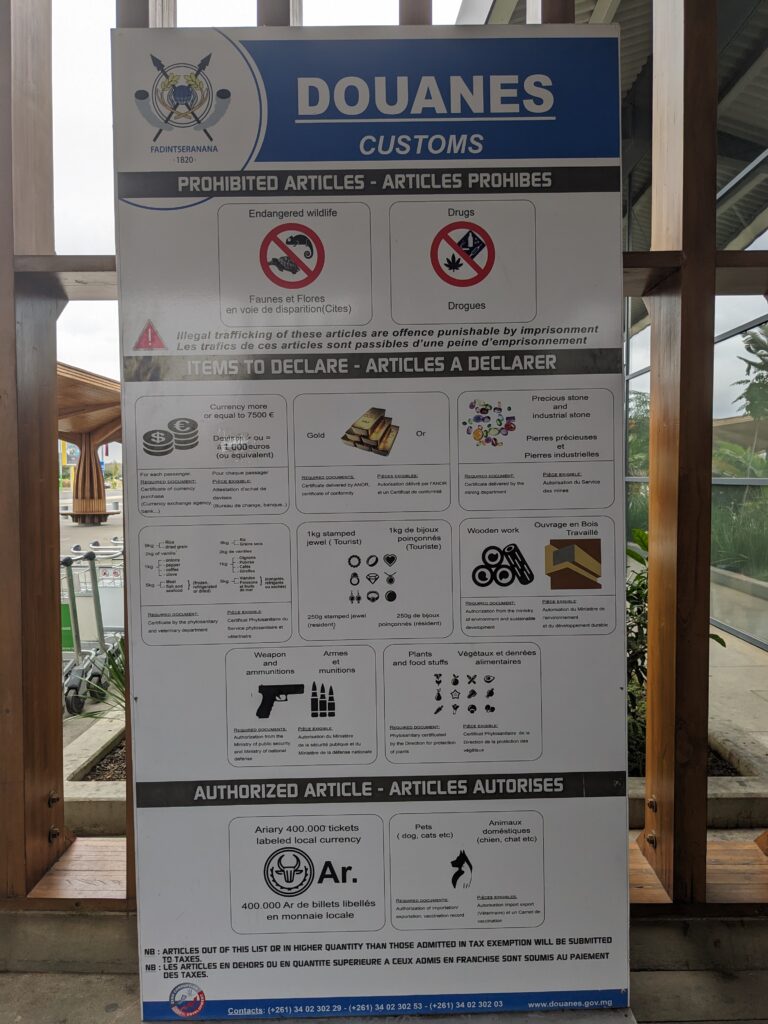
Emergency Medical Insurance
Last but not least, Madagascar has decent but limited medical services. Travel Insurance with Medical Evacuation is crucial to prioritize your well-being and peace of mind while traveling to Madagascar. Ensure you have comprehensive travel insurance that includes medical evacuation coverage. In the event of a severe illness or injury that requires emergency medical evacuation, this coverage provides assistance in arranging and covering the cost of transportation to the nearest suitable medical facility or even repatriation to your home country if necessary. Travel insurance with medical evacuation ensures you can receive the most timely and appropriate medical care, regardless of location, including air evacuation. It relieves the financial burden of emergency medical transportation. It’s vital to have in your travel preparations to ensure a safe and worry-free journey in Madagascar.
You may also wish to add insurance for trip cancellation when planning your World Schooling trip to Madagascar. Trips to Madagascar can be an investment, and many parts of your trip may require a deposit or pre-payment. For this reason, insurance for trip cancellation or interruption can be helpful.
Here are a few common ones (we do not endorse these or have any relationship, I have bought but never had to use Allianz Global and IMG Global):
Allianz Global:
Allianz Global Assistance provides travel insurance plans that include medical evacuation coverage. They offer various options to suit different travel needs, including single-trip and annual plans.
World Nomads:
World Nomads is a well-known travel insurance provider offering comprehensive medical emergency and evacuation coverage. They have policies specifically tailored for adventure travelers and backpackers.
AXA Assistance:
AXA Assistance offers travel insurance policies that cover medical evacuation and emergency medical expenses. They provide 24/7 assistance services to support travelers in need of medical assistance.
IMG Global:
IMG Global offers a range of travel medical insurance plans that include emergency medical evacuation coverage. They have extensive networks of medical providers and assistance services to ensure you receive the necessary care in case of an emergency.
What (not) to Pack for the Best World Schooling Trip to Madagascar
Here’s a list of 10 things not to pack for your World Schooling trip to Madagascar:
- Sunscreen (unless it’s reef-safe): When selecting a sunscreen, make sure it’s reef-safe to minimize harm to the delicate marine ecosystems in Madagascar. Avoid bringing sunscreen containing harmful chemicals like oxybenzone and octinoxate, which can damage coral reefs.
- Battery-powered Devices: Instead of packing items that require disposable batteries, opt for solar-powered or rechargeable alternatives. This reduces waste and eliminates the need for battery replacements. Additionally, it’s important to note that battery recycling options may be limited or unavailable in Madagascar.
- Paper Books: Due to the high humidity in Madagascar, it’s best to avoid packing paper books. They can easily get damaged by moisture and add unnecessary weight to your luggage. Consider using e-books or digital reading devices as a lightweight and humidity-resistant alternative.
- Carry-ons that exceed 5 kg: Remember that Tsaradia, the local airline in Madagascar, has a strict carry-on weight limit of 5 kg. Ensure your carry-on bag does not exceed this weight limit to avoid any inconvenience or additional travel charges.
- Hair Dryer: Although accommodations in Madagascar may not provide hair dryers, there may also not be outlets available in bathrooms, and your hair dryer can flip the fuse, which is embarrassing. So, packing a hair dryer here is generally unnecessary and adds extra weight to your luggage. Consider air-drying your hair or using alternative hair styling methods during your trip.
- Travel Iron: It’s recommended not to pack a travel iron as laundry services are readily available in Madagascar, and most accommodations offer ironing facilities. Having your laundry done and ironed locally is a convenient and hassle-free option. And many places you won’t have anywhere to plug it in or use it.
- Non-Essential Valuables: Avoid bringing expensive jewelry, unnecessary electronics, or valuable items you don’t need during your trip. It’s always wise to travel light and minimize the risk of loss or theft. Only high-end hotels will have safes; you probably won’t want to leave these items behind. Gold bars. You might think this is a joke, but I recently saw a World Schooling post where someone claimed they traveled with gold bars. As you will note in the photo above, if you travel with gold, you must declare it.
- Excessive Clothing: It’s easy to overpack clothing items for a trip, but in Madagascar’s tropical climate, you can keep your clothing selection light and breathable. Pack versatile pieces that can be layered and mix-and-matched for different outfits to address various weather. Sandals and closed-toed walking shoes are a must. If you plan to stay for more than a month, pack a pair of walkable dress shoes; the likelihood of getting invited to a wedding or out to a fancy dinner is high!
- Bulky Towels: Most accommodations in Madagascar do provide towels for their guests, so there’s no need to bring bulky towels from home. That said, you should pack a towel; just opt for lightweight, quick-drying travel towels that take up less space in your luggage and can take to the beach or camping.
- Bulky Rolling Luggage: Avoid packing large, heavy rolling suitcases that can be difficult to maneuver on uneven surfaces and stairs. Many places in Madagascar have limited or no elevators, and sidewalks may be in poor condition. Instead, opt for a backpack or luggage with backpack straps and wheels, offering versatility and ease of movement in various terrains. This will make navigating through stairs, unpaved paths, and rugged landscapes much more convenient and comfortable during your trip.
By following these guidelines, you can pack efficiently and ensure a more enjoyable and hassle-free World Schooling trip to Madagascar.
Questions about packing for your World Schooling trip to Madagascar?
Remember that embracing imperfection is the best part of a big trip like this- you will forget, lose, and realize you should have packed something. And you will have a fantastic trip because one of the things traveling in Madagasar teaches you is that you don’t need much to be happy!
Food, family, a dry bed. Those are the basics. Everything else is a bonus!
